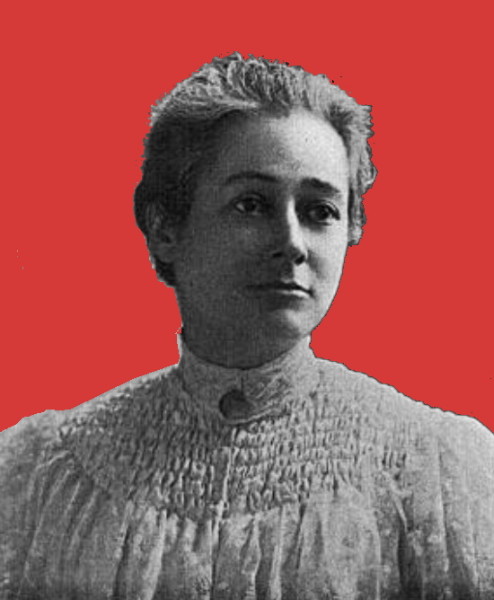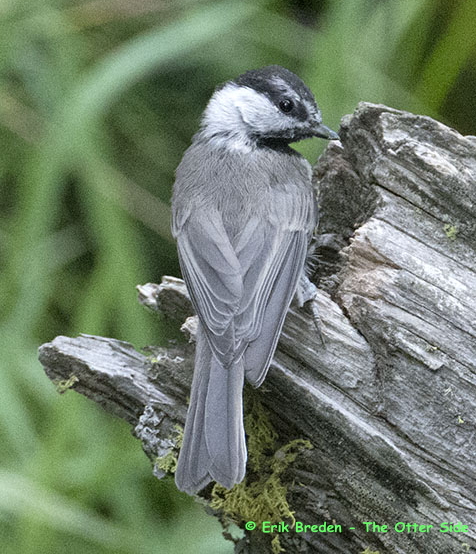Bringing Birds to Book
On August 8, 1863, American ornithologist and nature writer Florence Merriam Bailey was born into a family steeped in natural history. Her father, a friend of John Muir’s, encouraged her interests, as did her brother who became the first chief of the U.S. Biological Survey [later, the U.S. Fish and Wildlife Service]. She was especially interested in birds and spent a good 50 years travelling to study them and write their stories.
In the era Bailey attended Smith College, naturalists studied birds that were dead, stuffed, or skinned. She lobbied for bird illustrators and naturalists to use binoculars instead of guns. She wrote articles calling for protections for birds. It didn’t help that the latest fashion craze in women’s hats was plumage from exotic birds and, often, the nest, the eggs, and the entire bird stuffed and decoratively set into place by a thoughtless industry that killed many millions of birds in the process. Bailey wrote articles for newspapers and magazines, organized bird watching outings, and formed the Audubon Society at Smith. Choosing the best of her work, she published Birds Through an Opera Glass.

Bailey contracted tuberculosis and chose to cure it and care for herself by travelling West. California, Utah, Arizona, and no shortage of birds. She wrote up her experiences in three more books. Of these, Birds of Village and Field was one of the first “how to” American bird guides and included illustrations by the great nature illustrators of the day. She explained where to look for birds, how to watch, how to keep them around, and what they do to help out with insect and worm populations.
She married Vernon Bailey, a pioneering naturalist who was as passionate about the unrecorded animals and plants of the West as she was about birds. Florence continued studying and describing bird species while he concentrated on the other animals and plants. The pair explored and observed… New Mexico, Texas, Arizona, California, the Pacific Northwest, and more. Birds were everywhere. She wrote close to 100 ornithology magazine articles and 10 books. Her Birds of New Mexico is still considered a masterpiece of ornithological description.
The value of Bailey’s work will grow as years pass. Her careful observation, notes on colour and markings, the supporting ecosystem locations, and the food choices of birds are now historical records of a century ago. Hers are some of the only details we have of where certain birds have lived and how. Some of the bird species no longer live where she found them. Some relocated when their habitat disappeared. Others… have disappeared, extinct.

Bailey was the first woman member of the American Ornithologists’ Union, first woman recipient of its William Brewster Memorial Award, given annually to the author of an exceptional body of work on birds of the Western Hemisphere. Her name is memorialized in the Florence Merriam Bailey Lifetime Achievement Award of The New Mexico Ornithological Society and in a Southern California chickadee subspecies called “Mrs. Bailey’s Chickadee” or Poecile gambeli baileyae.
B Bondar / Real World Content Advantage